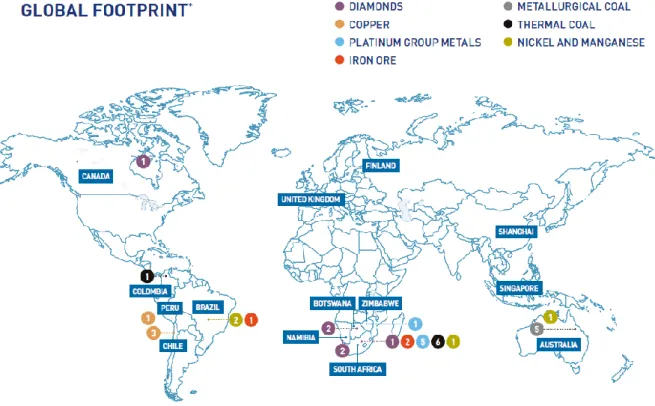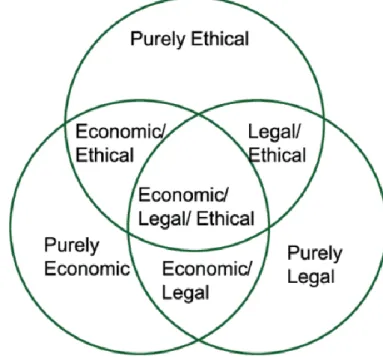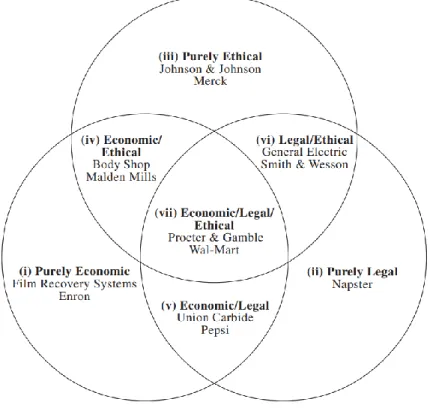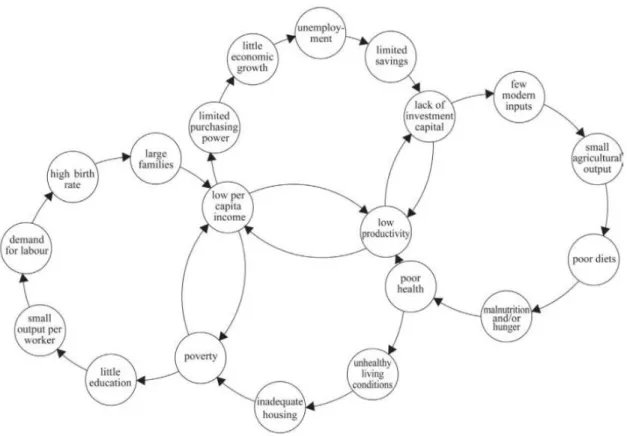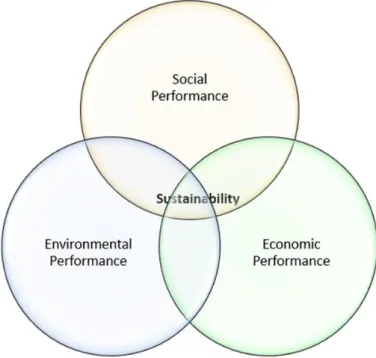This study analyzes how CSR strategies can be used to add value to the investment propositions of MNCs considering these indigenization and economic empowerment needs. The study was conducted through an extensive literature review in the fields of CSR, strategy and social justice and economic empowerment.
Introduction
Introduction
Background and study orientation
According to a KPMG report, 250 of the world's largest companies now report on their social responsibility (CR) activities. In addition, the resource-based sector is at the heart of the successful implementation of the IEEP.
Problem Statement
Against this background, this study aimed to critically analyze how CSR can be used to add value to the investment proposition of multinational companies in a country like Zimbabwe that has implemented the IEEP. In addition, it hoped to determine the host government's expectations of investors regarding CSR and make recommendations on how MNCs can use CSR strategies in developing strategies that could be adopted by IEEP countries.
Research objectives
- Research Questions
- Central Theoretical Statements
What are the CSR priorities of MNCs in their home countries compared to those in the host country. What recommendations can be made for the use of CSR strategies in the development of investment strategies that may be acceptable to countries that have initiated IEEP.
Research methodology
- Literature Review
- Research Design
- Case selection
- Sampling and Data Collection
- Interview participants
- Interview process
- Documentary data
- Data Analysis
The selection of cases must be adapted to the research questions and the overall purpose of the study. In order to add value to the study, it was deemed necessary to gather an informed perspective from the host government in line with the study's objectives.
Ethical Considerations
The research provided the first empirical study on this topic and thus contributed to knowledge in the field of CSR, investment strategies and IEEP in Zimbabwe. As such, this research is seen as a contribution to knowledge in the field of CSR, investment strategies and IEEP.
Limitations of the research study
Although it is difficult to establish external validity, the research may have strengthened confidence in the generalization of the research in a particular sector. As such, it was beneficial to talk to senior officials at the identified institutions.
Chapter outline Chapter 1: Introduction
The chapter presented discussions and interpretations based on the findings from the data collected as well as the literature analyzed to provide clarity on the research topic. This chapter provided an overview of the conclusions drawn from the primary research as well as the secondary research.
Corporate Social Responsibility: A literature review
Introduction
Evolution of CSR
- CSR in the 50s and 60s
- CSR in the 70s and 80s
- CSR in the 21 st Century
The environmental movement brought attention to issues related to pollution and protecting the environment. The legal domain of the Venn diagram tends to the way in which the organization responds or fulfills its legal obligations.
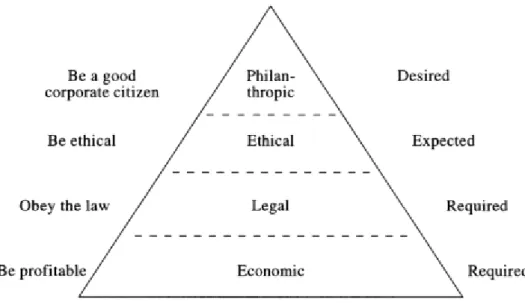
Definition of CSR
This brief overview of the evolution of CSR, therefore, helps to build a solid conceptual foundation that builds an understanding of how its definition has evolved over the years. The development of stakeholder engagement means that organizations face increasing pressure to play a role in the social well-being of the communities in which they operate.
Developing countries, their priorities and the nature of CSR
These organizations are expected to become partners of the country's governments in the development agenda. Development issues are an integral part of the former as their priorities are more focused on social, economic and environmental issues.
Challenges and priorities that influence CSR practices in developing countries
- Sustainable Development Goals (SDG)
Many developing countries are former colonies and face socio-economic challenges that may have been created by the injustices of the past. The world has entered the last decade of the SDGs, and with it comes increased interest and conviction to try to achieve them within the allotted time.
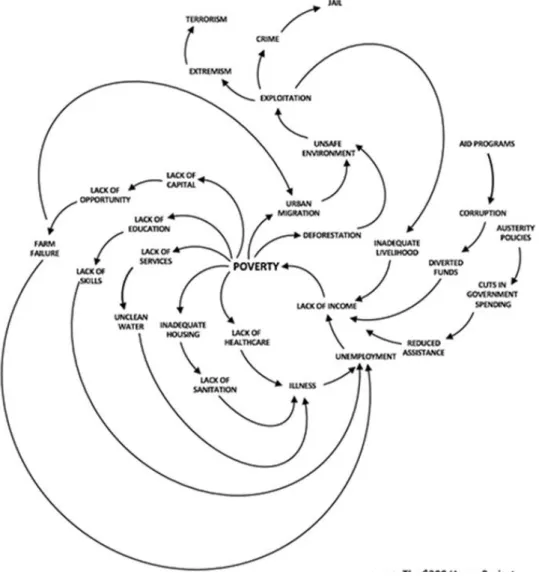
CSR Theories
- Instrumental theories
- Strategies for achieving competitive advantage
- Cause-related marketing
- Political Theories
- Corporate constitutionalism
- Integrative Social Contract Theory (ISCT)
- Corporate citizenship
- Integrative theories
- Issue management
- Stakeholder management
- Corporate Social Performance (CSP)
- Ethical theories
- Normative stakeholder theory
- Universal rights approach
- Sustainable development and Triple Bottom-line
The organization is therefore able to self-evaluate and give key stakeholders a realistic view of the situation. Ethical theories are aware of the responsibility of an organization in achieving social justice.
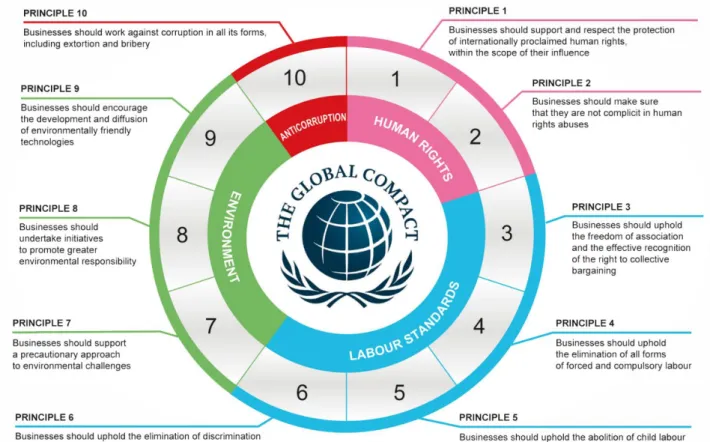
CSR and Corporate strategy
- Extrinsic motives
- Intrinsic motives
It should be noted that external CSR is based on the communities' or stakeholders' view of the organization's initiative. In this case, stakeholders believe that the benevolent nature of the organization (based on its initiatives) is a true reflection of its values.
Relevance of CSR on corporate and investment strategy
- Access to capital
- Lobbying for good
- Competitive advantage
Admittedly, this can be used unscrupulously by organizations to defend policies that are self-serving. By implementing CSR initiatives, the organization is able to improve its financial, social and organizational performance.

Multinationals’ operations across the globe
- Negative impact of MNC operations in host communities
Their contribution to the fiscus of nations is instrumental to the expansion of the host government's development effort. As such, they are in a position to be part of the solution to the chronic underdevelopment in sub-Saharan Africa.
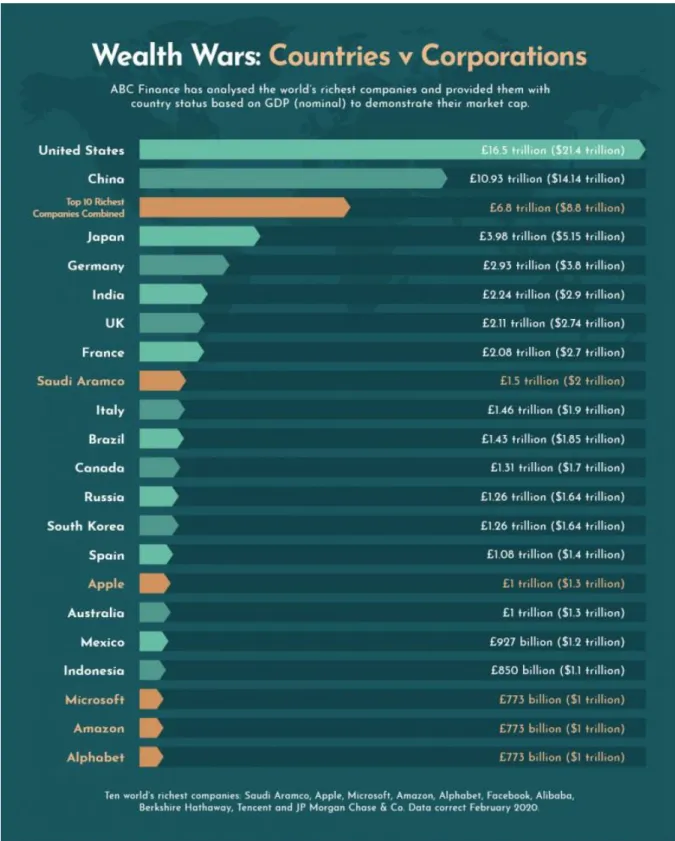
CSR at multinational corporations
- CSR and culture
- CSR and consumerism in Zimbabwe
- CSR as a business concept in Zimbabwe
- Lack of CSR framework
In addition, the organization wants to actively contribute to the achievement of the UN Sustainable Development Goals. Another challenge affecting the implementation of CSR programs in Zimbabwe is the actual composition of economic actors in the country.
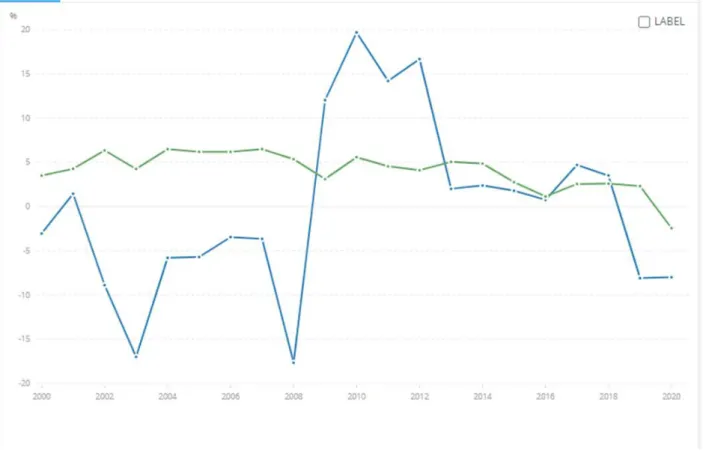
Conclusion
As observed, CSR in Zimbabwe can be described as in transition mainly due to the country's unstable socio-economic situation. A critical examination of CSR in Zimbabwe provides an understanding of the practice and gives MNCs a view of the type of initiatives being implemented in the country.
An overview of indigenisation and economic empowerment
Introduction
Indigenisation and economic empowerment defined
- Definition of affirmative action
- Indigenisation
- Economic empowerment
A directive, on the other hand, is an instruction given by the government on how companies should behave in relation to operationalizing the socio-economic transformation agenda. It is a policy aimed at increasing the involvement of local people in economic activities such as the owners of the factors of production.
Theories of affirmative action and social justice
- Existentialism
- Marxism
- Rawls social justice
- Ambedkarism
- Utilitarianism
According to Kamusoko, this is an economic approach derived from utilitarian ethics, with the aim of domesticating capitalism for the benefit of the majority. Nevertheless, these actions are often taken in the best interest of the country and to achieve social justice.
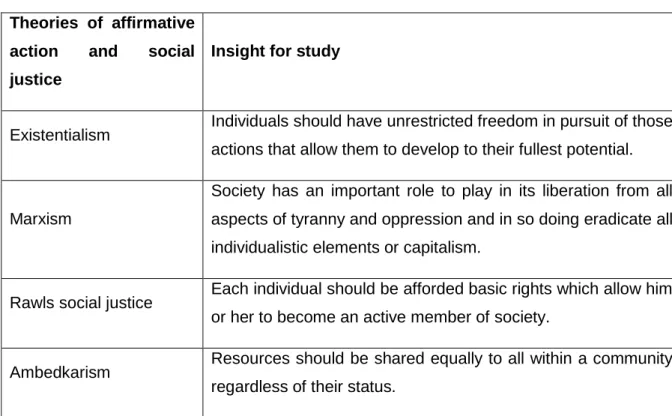
Broad-Based Black Economic Empowerment in South Africa
- Policy features
- Implementation of B-BBEE
- Impact of the policy
This is captured in the Department of Trade and Industry's definition, which defines B-BEEE as “a socio-economic process that contributes directly to the economic transformation of South Africa and results in a significant increase in the number of blacks in the management, ownership and control of the national economy, as well as a significant reduction in income inequalities' (RSA, 2001:12). Implementation of the policy would not be possible without financial support; few black entrepreneurs lacked the capital necessary to participate in the transfer of ownership.
Malaysia and the New Economic policy (NEP)
- Policy features
- Impact of the policy
- Background of inequality in Zimbabwe
- Post-Independence Zimbabwe
- Government reforms and the introduction of IEEP
- Consultative process on the Indigenous and Economic Empowerment Act
For Zimbabwe, Growth with Equity presented an opportunity for greater citizen involvement in the affairs of the economy. The Government's Indigenous Policy Framework was prepared by the Department of State Enterprises and Indigenous Peoples in the Office of the President and Cabinet.
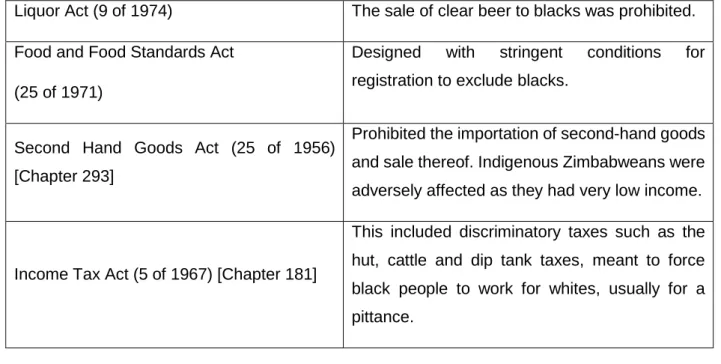
The Indigenous and Economic Empowerment Act (14 of 2007)
- Objectives of IEEP
- Community Share Ownership Trusts
- Employee Share Ownership Scheme
- National Indigenisation and Economic Empowerment Fund
In Malaysia, the Bumiputera Trust was established by the government and funded by foreign companies in the extractive sector. These CSOs were established by the government in partnership with mining houses operating in the country after the indigenization policy was finalized.
The Constitution of Zimbabwe amendment (No. 20) 2013
The new constitution was heralded as a renewal of the country's sovereignty and a complete separation from Zimbabwe's colonial past and obligations (Moyo, 2019:12). In relation to indigenization, the new constitution placed the empowerment of marginalized persons, groups and communities at the center.
Post-Mugabe Zimbabwe
Chowa and Mukuvare (2013:8) point out that the new constitution, which came into effect in January 2013, prioritized empowerment as one of the country's key objectives, stressing that there was a clear and distinct need to address inequalities that were caused by previous policies and practices. This happened in December 2017 when the Minister of Finance, Patrick Chinamasa, announced that the new administration would review the indigenization policy.
Finance Act (1 of 2018)
The law also provided for the establishment of the National Indigenization and Economic Empowerment Unit within the ministry responsible for implementing the law. This ruling also saw the dissolution of the National Indigenization and Economic Empowerment Board, which was established in 2008 to lead the implementation of indigenization policies (Veritas, 2018).
Finance Act (2 of 2020)
Mnangagwa disbanded the Ministry of Youth Development, Indigenization and Economic Empowerment and split its functions between the Ministry of Youth, Sports, Arts and Recreation and the Ministry of Industry, Trade and Business Development, under which the new National Indigenization and Economic Empowerment Unit would fall. The inclusion of these amendments to the Indigenization and Economic Empowerment Act, as it was done in 2018, is therefore veiled and unprocedural.
Impact of IEEP on Investment
- Impact of indigenisation on the mining sector in Zimbabwe
This is in comparison to other countries in the region and in light of the enormous potential that the country possessed. For economic empowerment to be meaningful and successful, the state must guarantee stability and transparency in policy implementation.
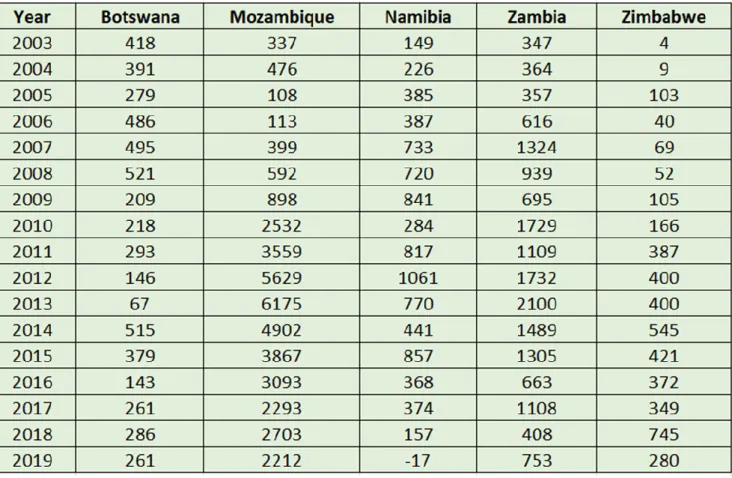
Research methodology
Introduction
Phenomenology
It is therefore important for the researcher to be able to probe and facilitate valuable dialogue. It shapes the methodology based on the aim of the study, the researcher's perspective and the research fit.
Research design
- Explanatory research
- Explorative research
According to Salkind, descriptive research paints a detailed picture of an event, social setting, or relationship. Although descriptive research often includes a guiding question, it is not guided by a formal research hypothesis.
Research Method
- Quantitative research
- Qualitative research
Qualitative research is highly descriptive; which consists of an in-depth investigation of an individual's beliefs, feelings, and thoughts on a given topic. With this in mind, this research sought to understand the uniqueness of the strategies, if any.
Selection of qualitative research design
Schurink (2009:15) writes that “the qualitative researcher is more concerned with understanding (verstehen) than with explaining; with naturalistic observation rather than controlled measurements; with the subjective exploration of reality from an insider's perspective, as opposed to the outsider perspective that predominates in the quantitative paradigm”.
Case study approach
This improves the openness of the case study and prepares the research for independent inspection. That is, case study research is criticized for its tendency to confirm the researcher's preconceived notions.
Case Selection
Sampling
This allows the researcher to make fairly accurate predictions or observations about the behavior of the entire population. These sampling methods require the researcher to have an up-to-date database of the entire population.
Sampling strategy
Nevertheless, the researcher must justify the selection of participants with evidence that the selected participants are the most suitable and that their contribution will be valuable to the study. Critical case sampling is a technique that involves selecting a small number of critical individuals or samples based on their importance to the study (Patton, 2015:276).
Participants
This juxtaposition provided evidence of the differences between the strategies implemented in the MNC's home country and those in a host country that implemented an indigenization policy. To add further value to the study, the researcher also interviewed one participant from each of the Zimbabwean institutions responsible for investment, mining and IEEP in the country.
Peer review
Meetings and discussions with a qualitative research specialist make it possible to ask questions and review the research method and data, strengthening the research results. This enabled the researcher to make a qualified assessment of the research results and the research method.
Research instruments
- Document data analysis
- Semi-structured interviews
This also helped refine the process and kept the researcher focused on the research objectives. In addition, the researcher was able to maintain contact with the interviewees after the interviews.
Qualitative data analysis and presentation
The researcher could then organize and write a description of the case, based on the identified categories, themes and relationships. Once the processes were complete, the researcher was able to present the data in a formal and academic manner.
Challenges and Limitations of the research study
As such, the researcher selected appropriate cases and research participants that took into account the scope of the indigenization policy. To support this, however, it is the responsibility of the researcher to ensure high quality results and reporting of the research process.
Ethical considerations
The investigator was expected to attend meetings at the South African headquarters and operations in Zimbabwe. Confidentiality refers to the researcher's commitment that any information provided outside the scope of the research will be protected.
Conclusion
According to Korenman (2006:2) research integrity can be defined as conscious commitment to ethical principles and professional standards required for ethical scientific exploration. 2010:3) adds that research integrity is "the coherent and consistent application of values and principles essential to the encouragement and achievement of excellence in research and the dissemination of knowledge". The chapter also explained the research instruments, document data analysis, interview process as well as data analysis and presentation.
Presentation of two cases
Introduction
Anglo American Platinum
- Structure of operations
- Organisational Values
The company has mining operations in South Africa and Zimbabwe, is headquartered in Johannesburg and is listed on the Johannesburg Stock Exchange. Amplats owns and operates four mines namely Mogalakwena, Almandelbult, Mototolo in South Africa and Unki in Zimbabwe.
